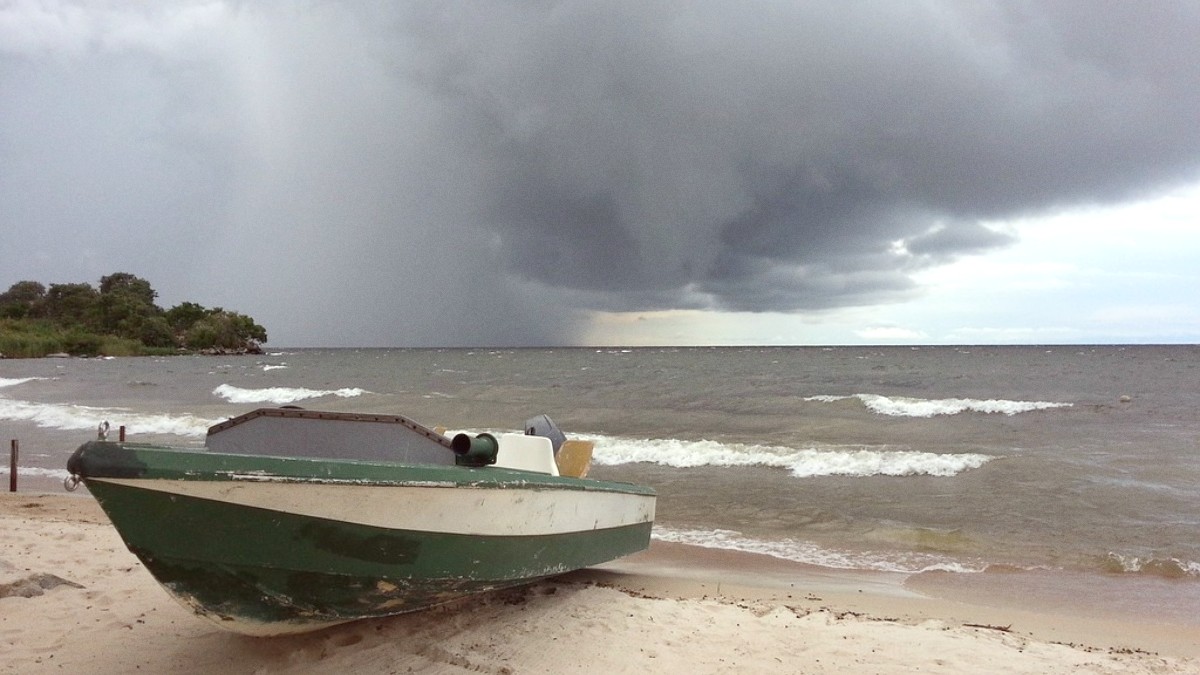
Mwanza Northern Tanzania, Tanzania Travel Guide
Mwanza does not have a metro, tram, or light rail system. Dala-dalas are the backbone of Mwanza's public transport. These are privately owned minibuses that operate on fixed routes throughout the city and to nearby towns. They are a chaotic but highly efficient and affordable way to travel. They typically depart when full, and passengers board or alight at almost any point along the route by signaling to the driver or conductor.
Larger public buses operate on some main routes, similar to dala-dalas but often with more space per passenger. They follow similar operational models.
Public transport in Mwanza, especially dala-dalas, is not wheelchair accessible. Boarding and alighting from these vehicles require agility.
The infrastructure for travelers with mobility challenges is generally underdeveloped throughout the city, including uneven pavements.
Travelers with mobility needs will benefit from pre-arranged private transport and carefully selected accommodation with accessible facilities.
Fares are fixed for specific routes, very low.
Cash directly to conductor.
No pre-purchased tickets, smart cards, or daily passes.
Learn routes by asking locals, observing destination signs, or listening to conductor.
For more direct or comfortable transport, taxis and emerging ride-sharing options are available.
To rent a car, you need an International Driving Permit. Few international chains directly operate. Local rental agencies exist. Many tour operators offer vehicles, often with a driver, a safer option for most visitors.
Formal rental options are limited. Informal rentals lack proper insurance, safety checks, or reliable maintenance. These are not recommended due to high safety risks.
Mwanza does not have formal bicycle sharing programs. Some hotels or tour operators might offer bicycle rentals. Cycling on main roads can be hazardous due to heavy traffic and no dedicated bicycle lanes.
Explore parts of Mwanza on foot or by bicycle for a closer look at local life.
In Tanzania, vehicles drive on the left-hand side of the road. Speed limits are posted, but drivers often disregard them. Seatbelts are mandatory for all passengers.
Drive defensively.
Road conditions vary significantly. Main roads are often paved but can have potholes. Rural roads are typically unpaved and can be rough or muddy depending on the season.
Travel times extended.
Bajaj (tuk-tuks) are common and convenient for short to medium distances within the city. They are safer than boda-bodas and offer a more enclosed ride.
Negotiate fare.
Work with a specialized tour operator experienced in accessible travel in East Africa to plan a customized trip that addresses specific mobility requirements for visitors with mobility needs.
Consider travel insurance that covers specific mobility needs if relevant to your journey.